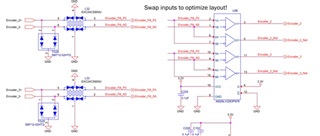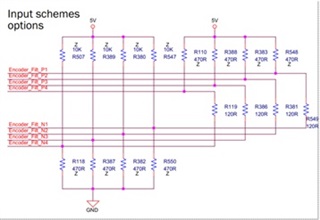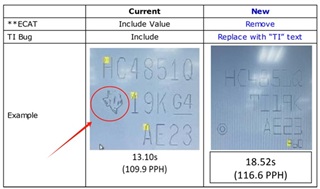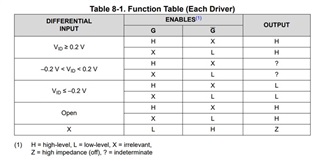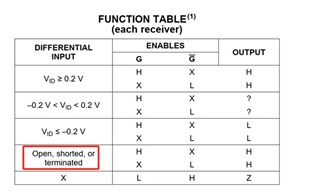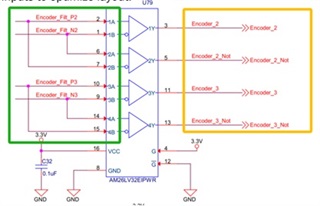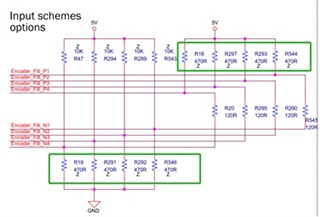Other Parts Discussed in Thread: AM26LV32
Tool/software:
Hello:
There is a TI material 18015 AM26LV32EIPWR. Currently, all products with TI logo on the silk screen can pass the test, but those batches without logo cannot pass the test.
Please confirm the difference between those with and without a logo.
The specific issues are as follows:
The previous products had logos on them, and there was no problem with the silk screen printing output status.
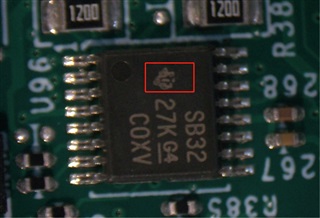
The current products do not come with logos, and the output status of this silk screen printing is incorrect. It should be high level, but in reality, some pins output low level.
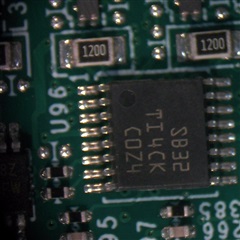
From the PCN perspective, the modification of displaying two PCNs does not affect the functionality, but in actual testing by the customer, it was found that the chip with the ECAT logo has a high output without input.
But after testing six chips without logos consecutively, the outputs were all random. For example:
There are a total of 4 output pins, and the first chip may have pins 1, 2, and 3 high and pin 4 low. The second chip has pins 1, 2, and 4 high, and pin 3 low. This random method.
The customer speculates that there may have been changes in the internal pull-up circuit during the previous batch changes?
This ultimately led to the results of the test.
Please help confirm if there are any relevant changes, thank you.


